How To Sweeten Up Garden Soil
Barren…
That was the first word that crossed my mind when I set out to work on my new kitchen garden this year.
It's right under my laundry room window, and is the perfect spot, considering it gets plenty of southern sunlight and is right next to our new porch.
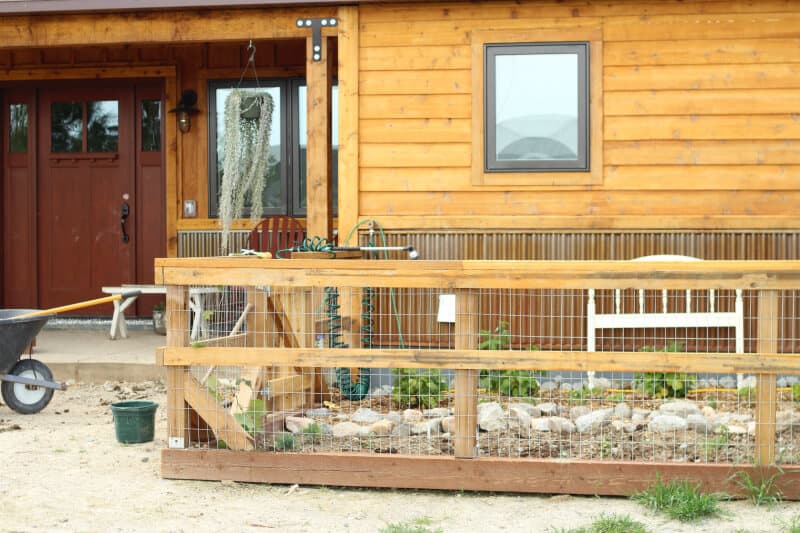
However, the soil leaves a little lot to be desired. In fact, I think it probably deserves to just be called 'dirt', not soil.
Most of the topsoil there was removed in our house remodel project last year. There was actually a 12 foot hole right there this time last year, and the soil that was used to fill that hole is rather disappointing. It's heavy with clay, packs down hard when it gets wet, and there's not a worm in sight.
Quite a difference from the spongy, fluffy, worm-filled soil in my main veggie garden. Then again, I suppose I've been spoiled by my deep mulch.

But of course, there's no way I was just going to leave the sad little patch of clay just sitting there. Nope. It needed to be loved and nurtured and tended so it could blossom into its full potential. And so I could have herbs I could pick in my bare feet while supper was on the stove. That's high priority, ya know.
Before we tilled it (I almost sold our tiller last year, since we don't need it for our main garden anymore… But I'm glad I didn't!), Prairie Husband dumped several loads of composted manure on top of the patch, and I spread it around.
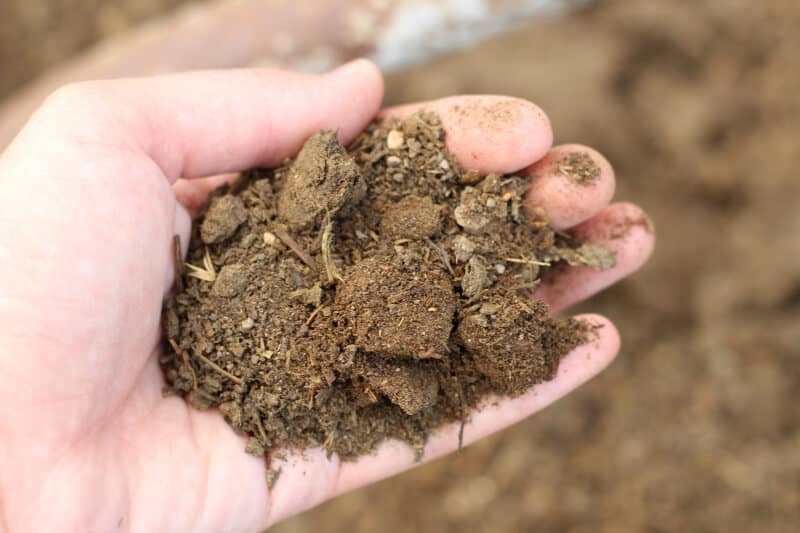
This compost is just plain gorgeous. It's crumbly and rich, I just want to go roll around it in. But I don't, because that would be weird.
Anyway, after tilling the composted manure into the dirt, I raked the top to remove as many stones and pebbles as possible, and then planted my raspberries, strawberries, and herbs.
I then mulched the plants with wood chips (since it's right next to our house, I opted for the prettier chips, versus hay mulch).
I'll continue to top-dress with more compost as needed, and also use some compost tea and other amendments as needed as the summer progresses. It will be a gradual process to get the soil where it needs to be, but I'm hopeful. And the plants seem to be happy so far.
Because I've had soil on the brain lately, here's a list of 7 ways you can improve garden soil if you're dealing with a less-than-ideal growing situation like I am.
7 Simple Strategies to Improve Garden Soil
1. Compost
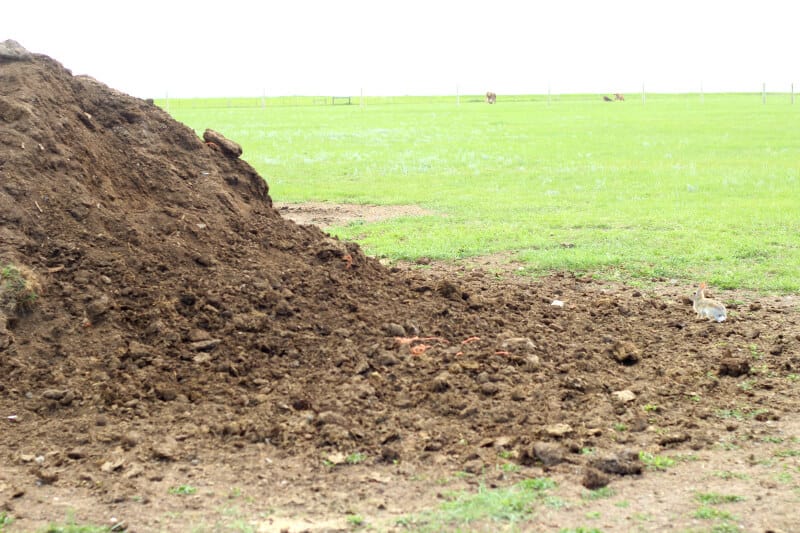
Turn your kitchen and yard waste (leaves, grass clippings, etc.) into a fantastic soil amendment with very little effort.Compost adds both nutrients and organic matter to soil, and it also helps with water retention. You can buy it at the garden store, however, it's free to make your own. And even if you aren't ready to create a full compost pile, adding some of the most common kitchen waste to (like coffee grounds and egg shells) to specific plants in your garden and boost plant and soil health impressively well.
2. Manure
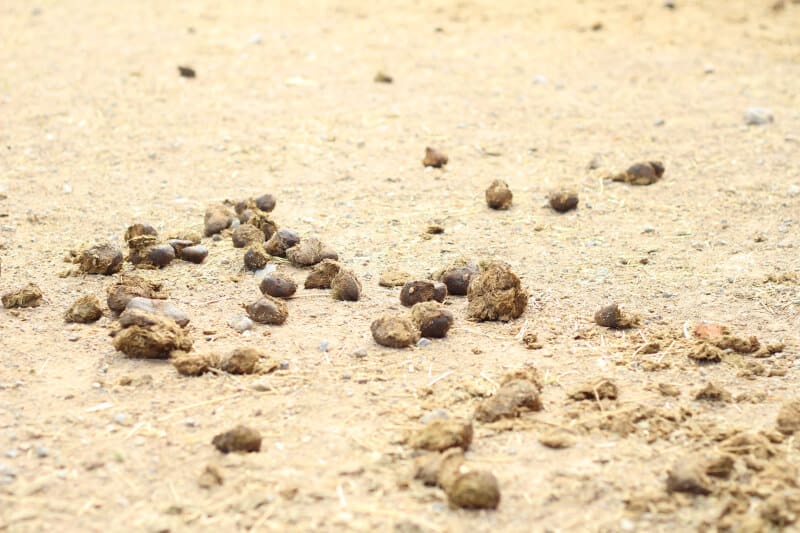
I call our composted animal poop 'black gold'. It's a beautiful, beautiful thing, my friends. Adding animal manure to your garden provides nutrients, builds organic matter, and adds microbial action.
Fresh manure can be too hot for plants and may burn them, so it's best to use composted or aged manure. If you are using fresh manure, just be sure to add it in the fall and let it sit all winter. (Don't apply most fresh manures to growing plants)
- Chicken Manure: Highest in nitrogen, but also one of the "hotter" options. Definitely let it compost and age well before applying.
- Horse Manure: Easy to find, but may contain the most weed seeds (although if the compost pile reaches a high enough temperature, this can reduce the weed seeds). We use a lot of composted horse manure in our garden, since we have two horses, and they poop. A LOT.
- Cow Manure: A great all-purpose manure that doesn't burn plants as easily, due to a lower nitrogen content. Generally less weed seeds than horse manure.
- Goat/Sheep Manure: A drier manure that is less smelly and gentle to plants (won't burn as easily). The little pellets make it easy to apply, too.
- Rabbit Manure: This is considered a "cold" manure, so you can add it directly to plants, with no worry of it burning plants. Just grab some of the "pellets" and sprinkle away! They will disintegrate slowly over time and release their nutrients into the soil as they break down.
**Important Note** If you are using horse, cattle, goat, or sheep manure, be sure to ONLY use manure from animals who have NOT been grazing or eating hay from fields sprayed with herbicides. There are several types of herbicides that can survive an animals gastrointestinal tract and come through the manure to wreak havoc on your gardens.
3. Mulch

I've been singing the praises of deep much for several years now, so I bet you're not surprised to see this one on this list. Not only does mulch hold moisture in the soil, but as it breaks down, it will gradually add organic matter to your soil as well. I cannot believe how many worms I have in my main garden after 2+ years of mulch. I have a bunch of mulching posts already, so get the full mulching story in the following links:
- How to Start Deep Mulching
- Deep Mulch FAQs
- Deep Mulch: Year Two
- Deep Mulch Video Update
**IMPORTANT: If you are planning on using deep mulch, please make sure you are ONLY using hay or straw that has NOT been sprayed with herbicides of any kind! Read my sad story about herbicide contamination here.**
4. Cover Crops
Cover crops are a fantastic way to remedy soil problems with minimal work. Not only can cover crops provide nutrients to the soil, they can also improve both drainage and aeration, smother unwanted plants (like quackgrass), attract beneficial soil organisms, and act as an overwintering mulch.The negative side of cover crops is having to wait a season before you can use that particular garden spot for growing other plants. You can also use various cover crops to break up hard soil. Ryegrass and Daikon radishes are good examples of cover crops with strong root systems that will help break up and aerate your soil.
This article has more in-depth info on cover crops if you think they'd be a fit for your garden.
5. Vermicompost
Putting worms to work is another natural way you can improve garden soil. There are a few different ways to make this happen:
- Add them to your compost pile to help speed decomposition and add even more nutrients to your compost.
- Grow/farm worms in a separate compost bin and save their worm castings. Purchasing worm castings is super expensive, so it's much more cost-effective to create your own, which can then be added to the soil to give it a nutrient-boost.
- Add worms directly to your poor garden soil. Give them some compost and mulch, and the worms will help aerate your soil and put their castings directly into the troublesome area.
6. Natural Amendments

Sometimes the best thing you can do for your soil is to test in order to find out what specific nutrients are missing from your soil.
There are a couple of ways to test your soil:
- A home soil test (I found this one on Amazon (affiliate link))
- Get your soil tested from a garden lab (many Universities have these, check with your local Cooperative Extension Office, or talk to local Master Gardeners for more information on this)
Once you know what nutrients are missing from your soil, you can add natural amendments such as:
- For low nitrogen: add fish emulsion, blood meal, or legume cover crops
- For low phosphorus: add rock phosphate for long term results and bone meal for a quick fix
- For low potassium: add wood ash and compost rich in banana peels
- For low calcium: add lime (either calcium carbonate lime or dolomitic lime), gysum, or clam/oyster shells
- For low magnesium: add epsom salts or dolomitic lime
7. Raised Beds
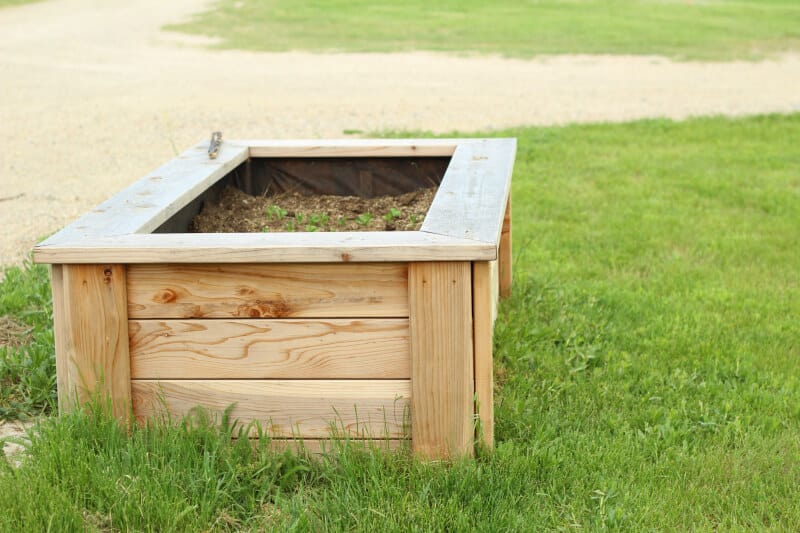
If you've been working in improving your garden soil, and still aren't getting the results you want, it might be time to consider raised beds. Raised beds are an easy way to fix poor garden soil problems, as you can fully control what goes into the boxes. Plus, they can look pretty spiffy and they don't have to be expensive. Check out these raised bed designs for some inspiration.
Happy soil improving my friends!

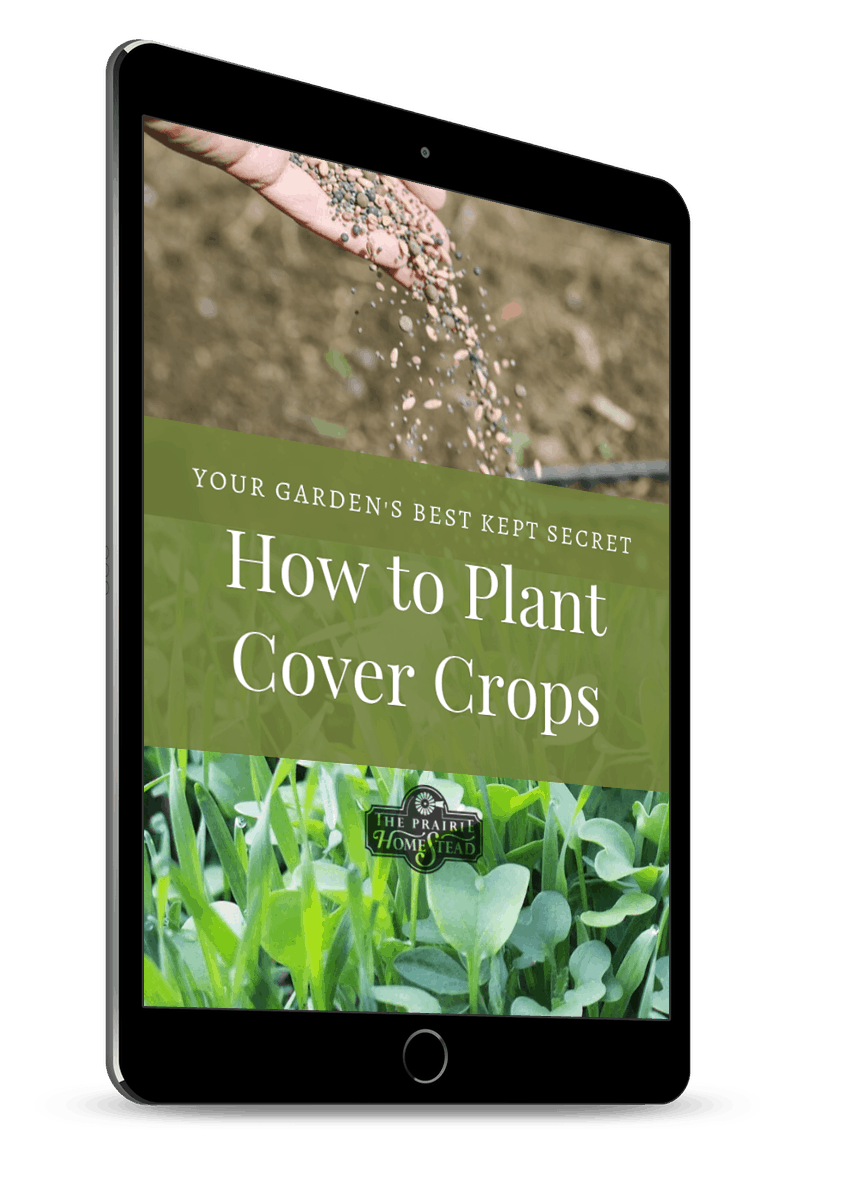
Your Garden's Best Kept Secret!
Cover crops are an incredibly underutilized, very affordable way to fertilize your soil, decrease erosion, and increase organic matter. Learn which crops are best for your garden, plus a step-by-step process so you know exactly WHEN and HOW to plant them! Grab the full-color cover crop PDF here (it includes my weekly Homestead Toolbox Newsletter, which gets rave reviews from busy homesteaders!)-->
How To Sweeten Up Garden Soil
Source: https://www.theprairiehomestead.com/2016/06/improve-garden-soil.html
Posted by: turpinbaxt1992.blogspot.com

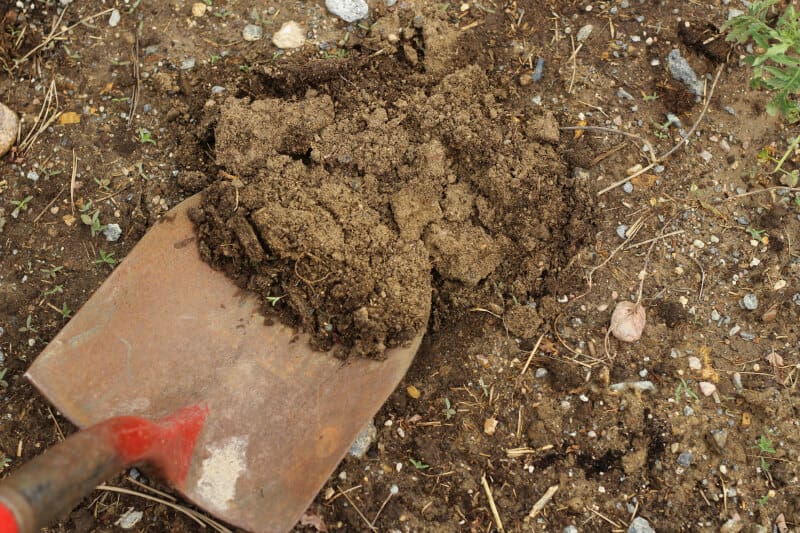
0 Response to "How To Sweeten Up Garden Soil"
Post a Comment